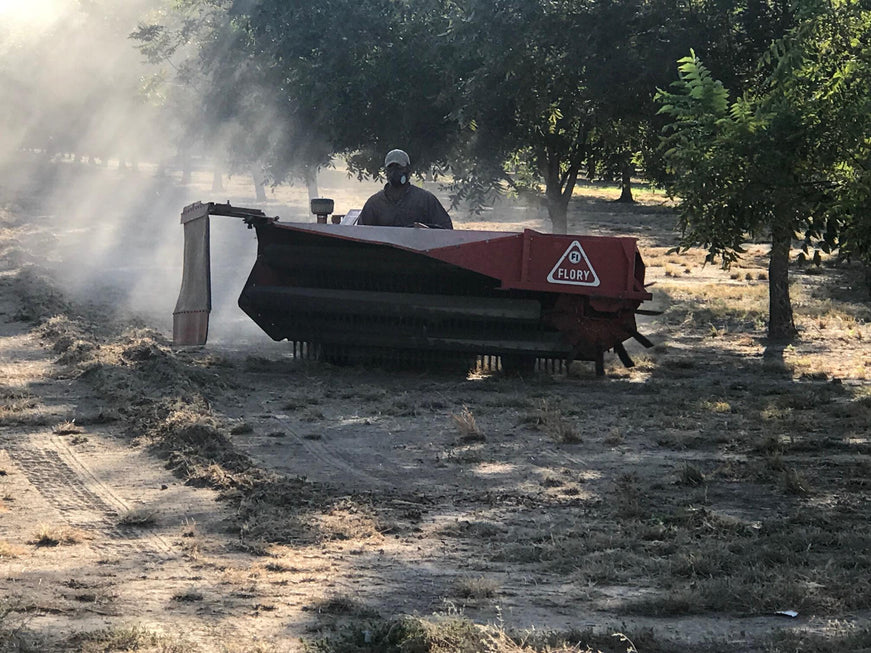
In November 2019, the USDA announced expansion of the WHIP program designed to offset agricultural losses due to hurricanes, wildfires, flooding and other select natural disasters. The new WHIP+ program will add coverage for 2018 and 2019 losses due to, among other things, drought. This is a welcome addition for tree nut farmers in the US.
Drought can be an insidious problem for perennial crops like trees with an economic impact that can last for years after the event. As pecan farmer Winston Millican, of the Millican Pecan Company in San Saba, Texas, notes, “We’ve been dealing with drought since 2011 but then we get some rains and people forget. It’s not that we’re not get any rain, it's just not enough. When the tree's root system starts to shut down, the trees start dying back too. So, you could lose five feet of diameter of the tree, but the volume of loss is exponential. That is where we feel the drought creeping in on us. Our irrigation in central Texas is supplemental and we rely heavily on rainfall.”
WHIP+ is being expanded specifically to meet this long standing issue. Since Sept. 11, 2019 farmers have been able to apply for this expanded assistance. With more than $3 billion earmarked for the program, 100% of eligible payments through the program will be made for losses in 2018. For year 2019 losses, 50% will be made initially available, with the other 50% paid out if funds are still sufficient to do so. While funds are primarily available to counties that received a disaster declaration, exceptions will be made for growers who can provide documentation proving their impact to crops from a qualifying disaster.
There is a caveat for growers signing up for relief under WHIP+. While both insured and uninsured growers are eligible for the program, the percentage of the calculated value of crop loss they receive is based upon their insurance level during the year of the disaster event. Growers with insured crops can expect to receive between 75% to 95% (depending on their level of insurance) of their loss value, while uninsured crops will receive 70% of their loss value. In addition, anyone participating in the program will be required to insure their crops for the next two consecutive years from the year in which they received compensation under the WHIP+ program. Failure to do so would require growers to pay back any money they received from WHIP+.
For pecan tree nut farmers specifically, there are currently other relief sources available for losses due to drought. While WHIP+ covers harvest losses, the USDA's Tree Assistance Program (TAP) provides financial assistance for replanting and rehabilitation. As WHIP+ covers the harvest and TAP covers the trees themselves, eligible growers can apply and receive financial assistance from both programs for the same acreage. Per the USDA, “ TAP policy has been updated to assist eligible orchardists or nursery tree growers of pecan trees with a tree mortality rate that exceeds 7.5 percent (adjusted for normal mortality) but is less than 15 percent (adjusted for normal mortality) for losses incurred during 2018”. Finally, growers may be eligible for assistance and funding through the Emergency Conservation Program, designed to help growers repair damage from natural disaster events and put in place water conservation methods to protect from future drought. Specific requirements for ECP assistance can be found with the USDA. General requirements for qualifying are proof that the land is significantly less productive, will continue to degrade, be too expensive to repair without Federal assistance and be caused by a natural event unusual for the area it occurred.

